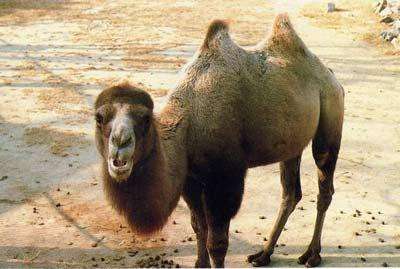
Wild Camel
Camelus ferus
Bactrian Camel, a monotypic species, a giant ungulate, with no valid subspec···
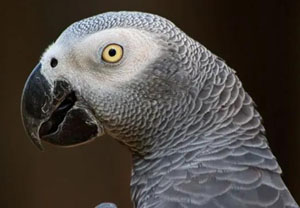
Psittacus erithacus
Psittacus erithacus,Grey Parrot,Grey Parrot, Grey Parrot
African Gray ParrotIt is a large parrot, a typical climbing bird, with a pai···
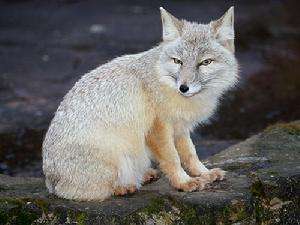
Corsac Fox
Vulpes corsac, Eastern Coral Fox
Corsus foxes are slightly smaller than red foxes and as tall as a medium-siz···
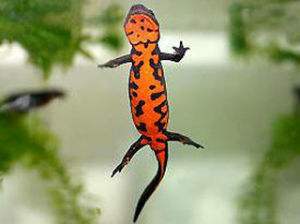
Cynops orientalis
Oriental Salamander, Chinese Fire Dragon, Brazilian Fire Dragon
The appearance of the Oriental Salamander is similar to that of the Blue-tai···
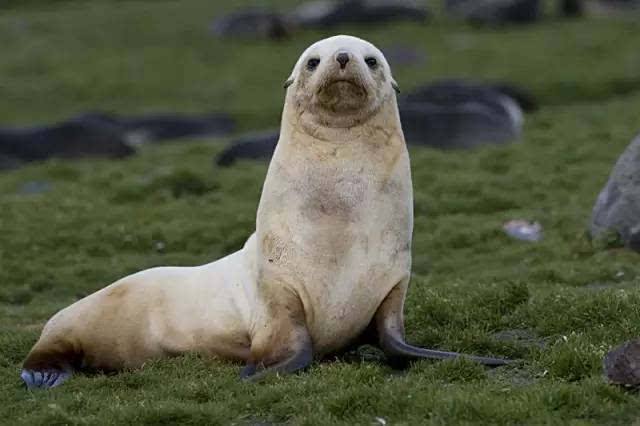
Arctocephalus australis
Sea lion, South American seal
The fur of the South American Fur seal is dark gray.Females and most immatur···
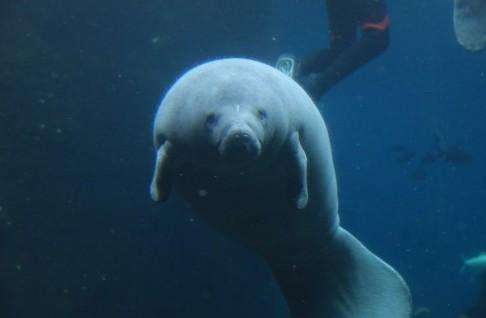
Trichechus senegalensis
African manatee,African manatee, Seacow,Lamantin d'Afrique, Lamantin du Sénégal,Manatí de Senegal
The West African manatee (Trichechus senegalensis, African manatee) is a spe···
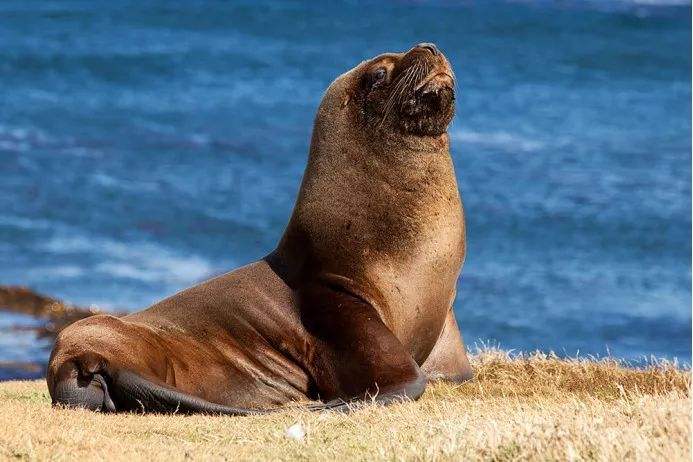
Arctocephalus australis
South American sea lion, southern sea lion, maned seal, South American fur seal
There are about 14 species of sea lions in the world, of which the South Ame···
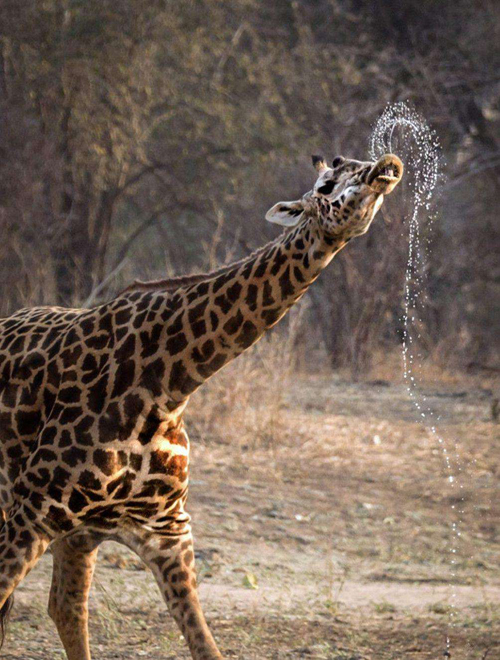
Giraffa
Kirin, Kirin Deer, Long-necked Deer
Giraffes are the tallest animals in the world today. Their long necks stand ···
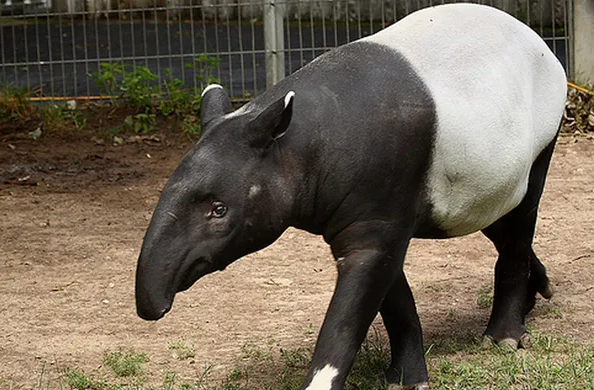
Tapirus indicus
Asian tapir,Indian tapir
The body color of an adult Malay tapir is the classic "black and white&···
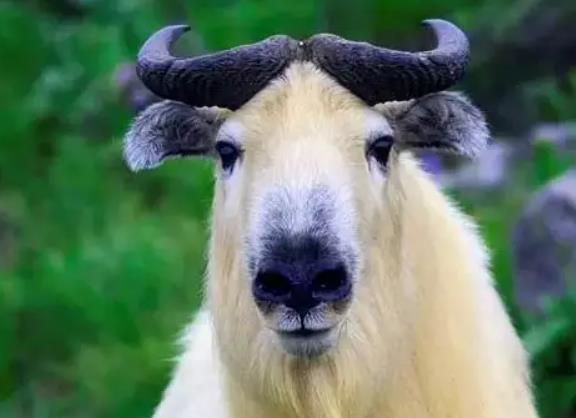
takin
Takin,wildebeest,golden takin
Takin is a large bovine herbivore distributed in the dense forests of the ea···
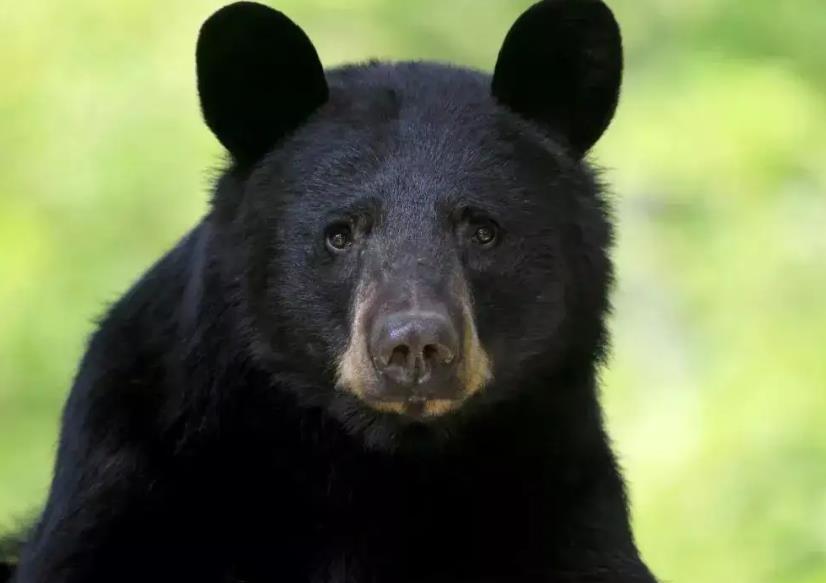
black bear
Ursus thibetanus,Moon bear,bear,black blind man
Black bears, also known as Asiatic black bears, were historically placed in ···
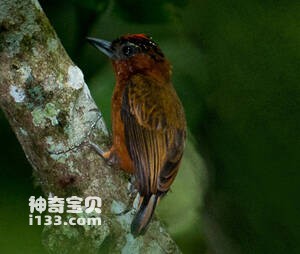
Picumnus rufiventris
Picumnus rufiventris,Rufous-breasted piculet
The scientific name of the brown breasted woodpecker is Picumnus rufiventris···
